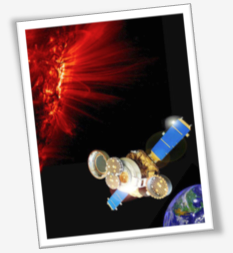 Rebecca Wood from Lebanon Middle School in Lebanon, Kentucky introduces this NASA Now program.
Rebecca Wood from Lebanon Middle School in Lebanon, Kentucky introduces this NASA Now program.
Planetary scientist Lou Mayo discusses what we’re learning from the Voyager missions, where the two spacecraft are currently located and some of the incredible discoveries made on the long journey to the edge of our solar system.
This NASA Now classroom video is available on the NASA Explorer Schools Virtual Campus beginning May 1, 2013.
NASA Now Minute

 Analysis from NASA’s Genesis mission indicates our sun and its inner planets may have formed differently than previously believed.
Analysis from NASA’s Genesis mission indicates our sun and its inner planets may have formed differently than previously believed.